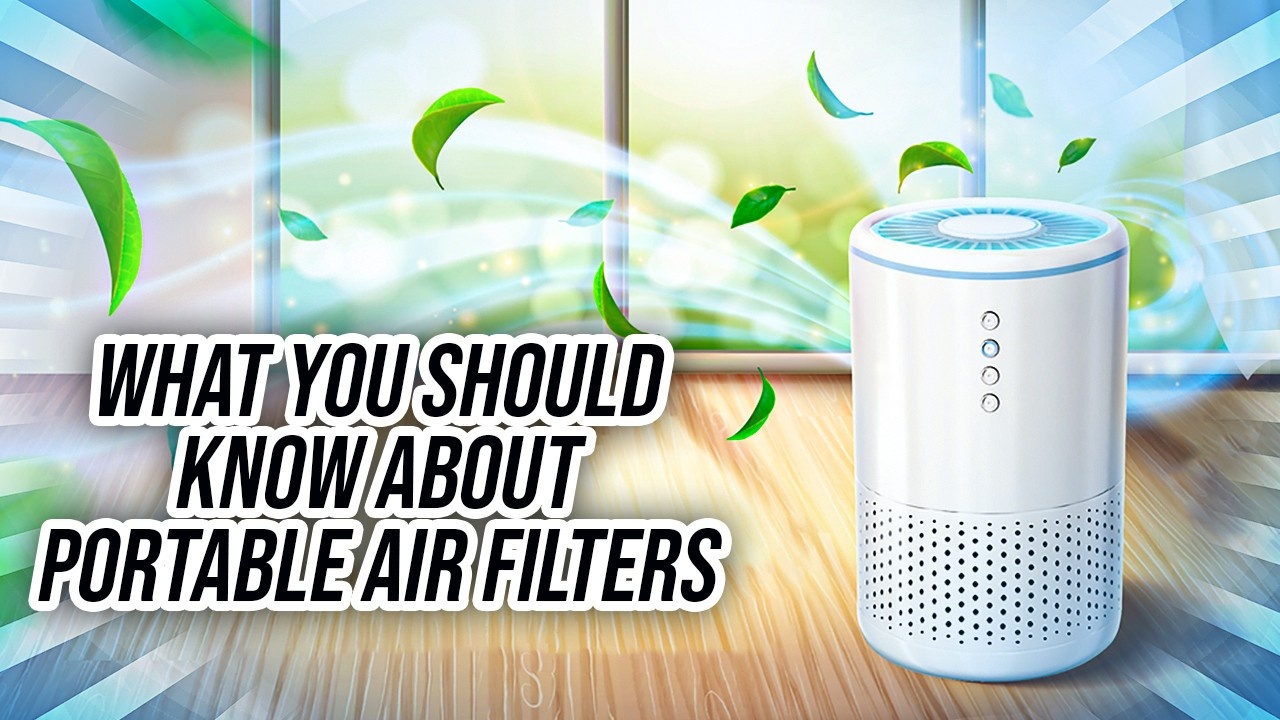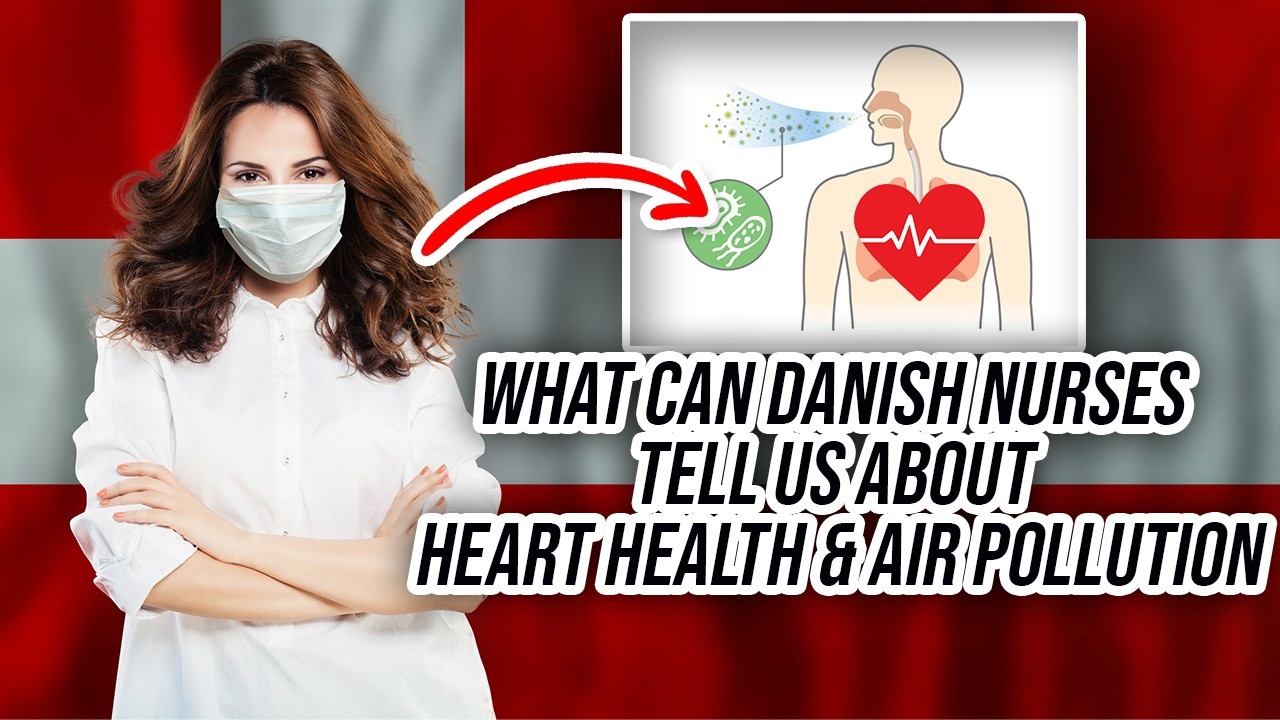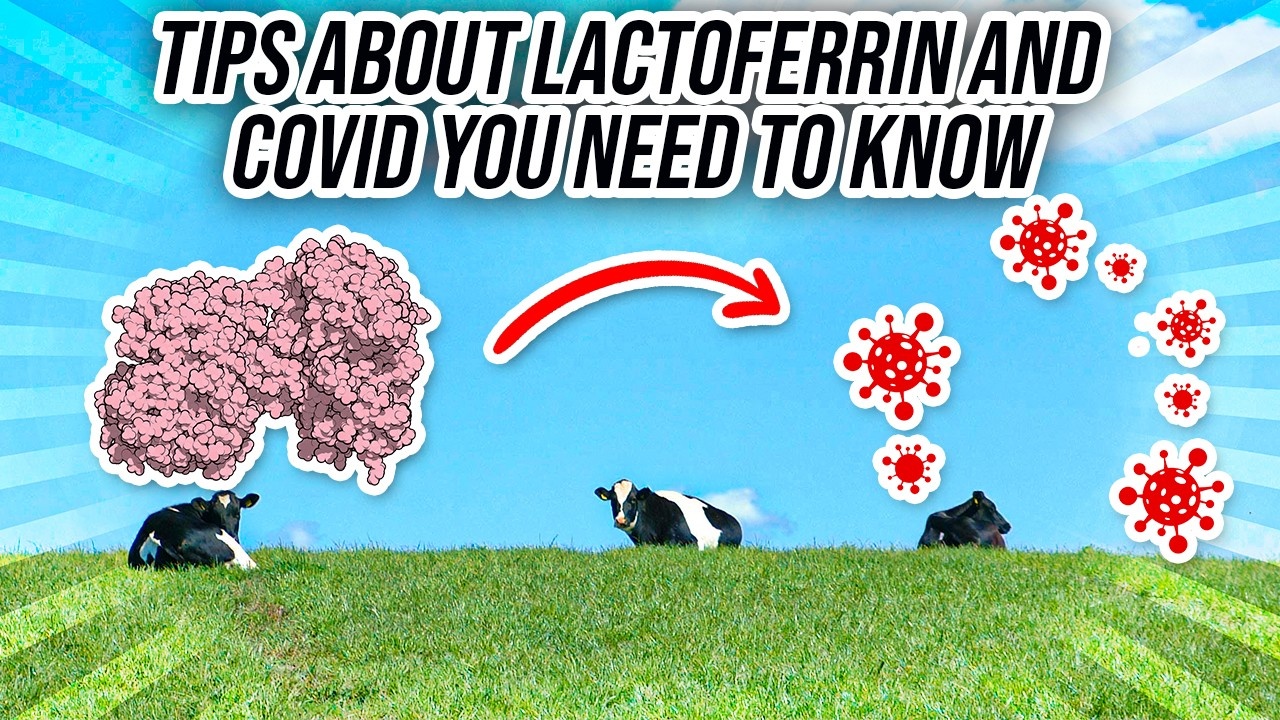Victoria's Freedom Day - What Will Happen?

On the 22nd October 2021, Victoria, Australia begins our own Freedom Day. But is this really freedom? State-wide vaccine mandates are in force and there's a need for vaccine passports to enter retail.
For many, significant restrictions remain. The State is still under a form of medical apartheid. Strict coercion around freedom of choice has forced many to choose vaccination just to re-enter society or keep their job.
The censorship around therapeutic options and facts and figures and open debate have largely been silenced across the mainstream media.
This short Livestream discusses a very recent publication that came out (20th October 2021) on the preprint server, medRxiv.
This paper serves as a warning around the very real risks of transmission among the vaccinated.
Please read it for yourself and consider the results and conclusions.
REFERENCE:
Evidence of transmission from fully vaccinated individuals in a large outbreak of the SARS-CoV-2 Delta variant in Provincetown, Massach...
What You Should Know About Portable Air Filters

This Week in Victoria and New South Wales and many other parts of Australia we're reopening and a lot of the lockdown restrictions are being lifted. So what does that mean? Well, many of our children will be returning to school - so this week I want to be focusing on a very important non-pharmaceutical intervention, which revolves around indoor air quality. And this is a particularly relevant and topical, because if you've picked up any of the news media over the last couple of weeks, you may have noticed a range of different stories focusing on both the Victorian announcement regarding the $190 million package for air purifiers to be put into all public schools. Similarly, in New South Wales people are calling for stronger ventilation Standards, and this is shining a spotlight on a very important engineering control step to address public health concerns around respiratory viruses. And so today we're going to be focusing on HEPA which stands for High-Efficiency Particulate Air, and I'...
What Can Danish Nurses Tell Us About Heart Health & Air Pollution?

According to the World Health Organization, cardiovascular disease is the leading cause of death globally. In 2019, it was estimated that 17.9 million people died from cardiovascular disease. This represents 32% of all global deaths with 85% being caused by heart attack and stroke. It is further reported that 75% of cardiovascular disease deaths, take place in low and middle-income countries.
Heart disease and mortality are considered premature death. This is because most cardiovascular diseases can be prevented by focusing on behavioral risk factors. These include tobacco use, unhealthy diet, obesity, a lack of physical activity, and harmful use of alcohol.
It's therefore important to detect cardiovascular disease, as early as possible so it can be managed with lifestyle, counseling, and medication as required.
So what can Danish nurses tell us about the risk of heart failure? A lot, actually. A recent paper published in the Journal of the American Heart Association has conducted o...
Lactoferrin - What You Need To Know About This Amazing Molecule

Hello and welcome. High-income countries like Australia have been playing Russian roulette with our public health, especially around the COVID crisis. Lockdowns and personal restrictions have increasingly been applied by our institutions, while they wait for the vaccine effect to take hold.
Now, I'm not here to question the validity of the vaccine because it's tested and has been proven for many diseases to prevent infection and transmission. However, with respect to the COVID vaccines, there are a lot of question marks. And certainly last week, I was discussing some of the alternative approaches that are found in the scientific literature with regard to the efficacy of alternatives to the vaccine, for prevention of the SARS-CoV-2 vaccine actually breaching the host defense system.
Last week, we were looking at the smoker's paradox or this strange situation where the nicotine is postulated to allow the host cell to defend itself against infection. And when I put this video out, a lot...
Could Nicotine Stop Covid?

This video follows on from an OpEd I wrote for TrialSite News: Could Tucker Carlson’s Nicotine Gum Habit Stop Covid?
Thanks for joining me. My name's Dr. Cameron Jones and I'm an Environmental Microbiologist. I work in public health and today I've got a really interesting show to bring to you. I have been very taken with a whole lot of the research that I've got in my hands. And what is this all about? Well, as we move towards the end of the second year with the SARS-COVID-2 pandemic, obviously all of us are wondering what we can do to minimize our risk of contracting the illness. And that is the topic of today's show.
I'm bringing you this breaking research as well as some interviews that I have done. And we are going to be talking about, could nicotine protect you from COVID? Now I know you might be thinking, what on earth are you going on about? Because we know that COVID is a virus which predominantly attacks the respiratory system. So how on earth could there be a connection wit...
Dirty socks and jocks and laundry best practices

Thanks for joining me for this week on The Mold Show. And today we're going to be talking about foot fungus. We're also going to be talking about the microbes that colonize our shoes and socks. I also want to talk a little bit about the best practices for hygiene around the home. The reason I wanted to do this episode is that the media here in Australia has interviewed me over the last couple of weeks, both on radio and on TV about this topic. And I can only imagine that this is because the number of people worldwide who have treatable skin infections is in the order of one to 2 billion people. And superficial fungal infections, are extremely common and they've got a worldwide prevalence of between 20 to 25%. That means one in four people have potentially got a fungal foot infection at any point in time.
Now I stress these usually are not life-threatening, but it is a significant practical problem. Most of us have probably experienced athletes foot and the fungi that are responsible f...
Bedroom Germs and Your Bed Linen

We may think that our beds and bedding are cozy and comfortable, but they may not be as clean as we think. More often than not, there are a lot of germs lurking in and around them. These microorganisms are often shed from our bodies and find their way into our bedrooms where they become entrapped into the porous sheets, duvet, pillow and even bedhead materials. And it’s not only a one-way transfer process. Once contaminated, the water vapour our bodies naturally give off can also transfer and provide the water source for these bacterial, fungal and yeast cells to multiply.
Germs are not only found in our bedrooms and bed linen but elsewhere in our homes. They’re everywhere - in the air and on surfaces - and in every building including hospitals. When these germs are transmitted from surfaces to the body this is called fomite transmission. This hand to mouth disease transmission from surfaces onto the fingertips is highly efficient showing 33% efficiency for both bacteria and viruses....
Watch Out: How Fungi Are Taking Over Nail Salons and What to Do About It.

A nail salon offers nail care services such as manicures, pedicures and nail enhancements. One-stop nail salons provide facial treatments, waxing and skin care in addition to nail services.
The global nail care market is projected to reach $11.6 billion by 2027. Even during the COVID-19 crisis, the global nail care market was estimated at $9.9 billion in 2020 but the importance of respiratory health in the nail care sector is rarely discussed.
Nail salon workers operate in a poorly ventilated and potentially hazardous work environment with negative health consequences.
Emerging research is shining a light on foot and nail dust and the presence of fungi in both fungal-infected as well as healthy-looking nails. This research shows that while the majority of healthy people can tolerate inhaled fungi, the immune systems of older, potentially immunocompromised and allergy-prone individuals often react to this foot and nail dust through the inflammatory TH2 pathway. This can lead to an ov...
IAQ: The Relationship Between Indoor Air Quality And Happiness

Studies have shown that people are healthier, more comfortable and more productive in structures with good indoor air quality (IAQ). The American Society of Heating, Refrigerating and Air-Conditioning Engineers defines acceptable indoor air quality as air in which there are no known contaminants at harmful concentrations as determined by cognizant authorities and with which a substantial majority (80%) of the people exposed do not express dissatisfaction. Happiness is directly related to a sense of purpose and a sense of contentment or wellness and self-awareness is related to longevity.
These indoor air contaminants could be particulates, vapours and gases generated by occupants and their activities. They can also come from building materials, furniture, equipment and appliances present in indoor space, operations and maintenance activities, or brought in from outside. Indoor pollutants include certain gases such as radon, carbon monoxide and carbon dioxide; volatile organic compound...
How to wash your clothing if you suspect mould?

Have you ever thought about what grows on your towels after a few days? Dampness left behind plus skin cells we shed naturally allow germs to grow and could cause them to smell. Bacteria and fungi are capable of surviving on fabrics for months. This can result in clothing and bed linen, as well as towels, becoming sources of infection for others.
Textile contamination and laundering have been extensively researched, especially with regard to the SARS-CoV-2 virus pandemic. Studies have shown that the SARS-CoV-2 virus can remain infectious between 5 minutes and 24 hours on cotton. It’s not difficult to see how this can be important in the current pandemic.
Looking at typical fungi, like Aspergillus, Fusarium, Mucor, and the yeast Candida, they can survive from 1 to 30 days on cotton, terry towelling, and even spandex. Studies have also shown that Staphylococcus aureus can survive on cotton for 3 weeks, faecal coliforms can survive for up to 4-months on cotton, and cotton fabrics absorb...

